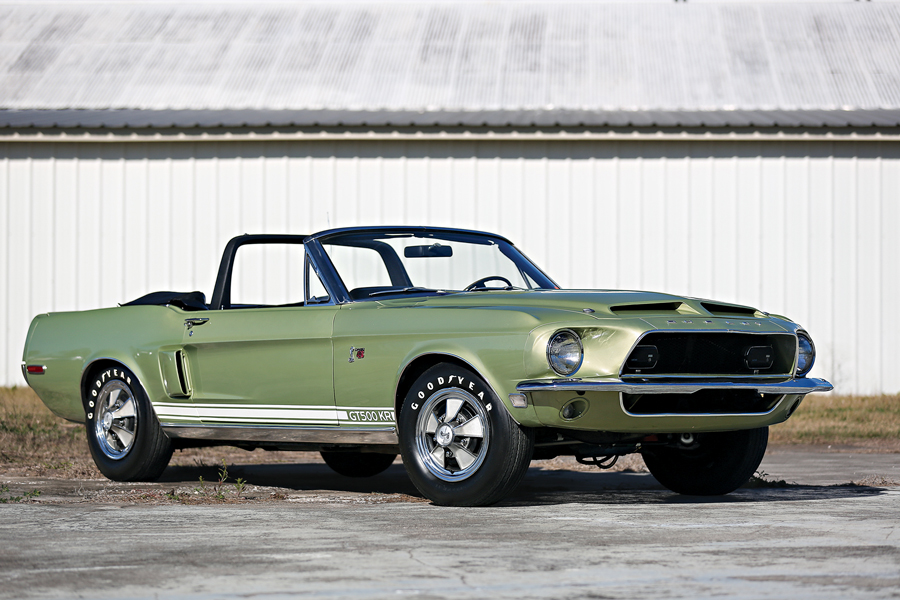- Well-optioned example of the GT500 KR
- Finely preserved and largely original
- Finished in era-evoking Lime Gold
- Recently serviced and collector owned
- Documented by Marti Report, maintenance records and copies of factory build sheets
1968 Shelby GT500 KR Convertible

